lab practical #1
5.0(1)
5.0(1)
Card Sorting
1/23
Earn XP
Study Analytics
Name | Mastery | Learn | Test | Matching | Spaced |
|---|
No study sessions yet.
24 Terms
1
New cards
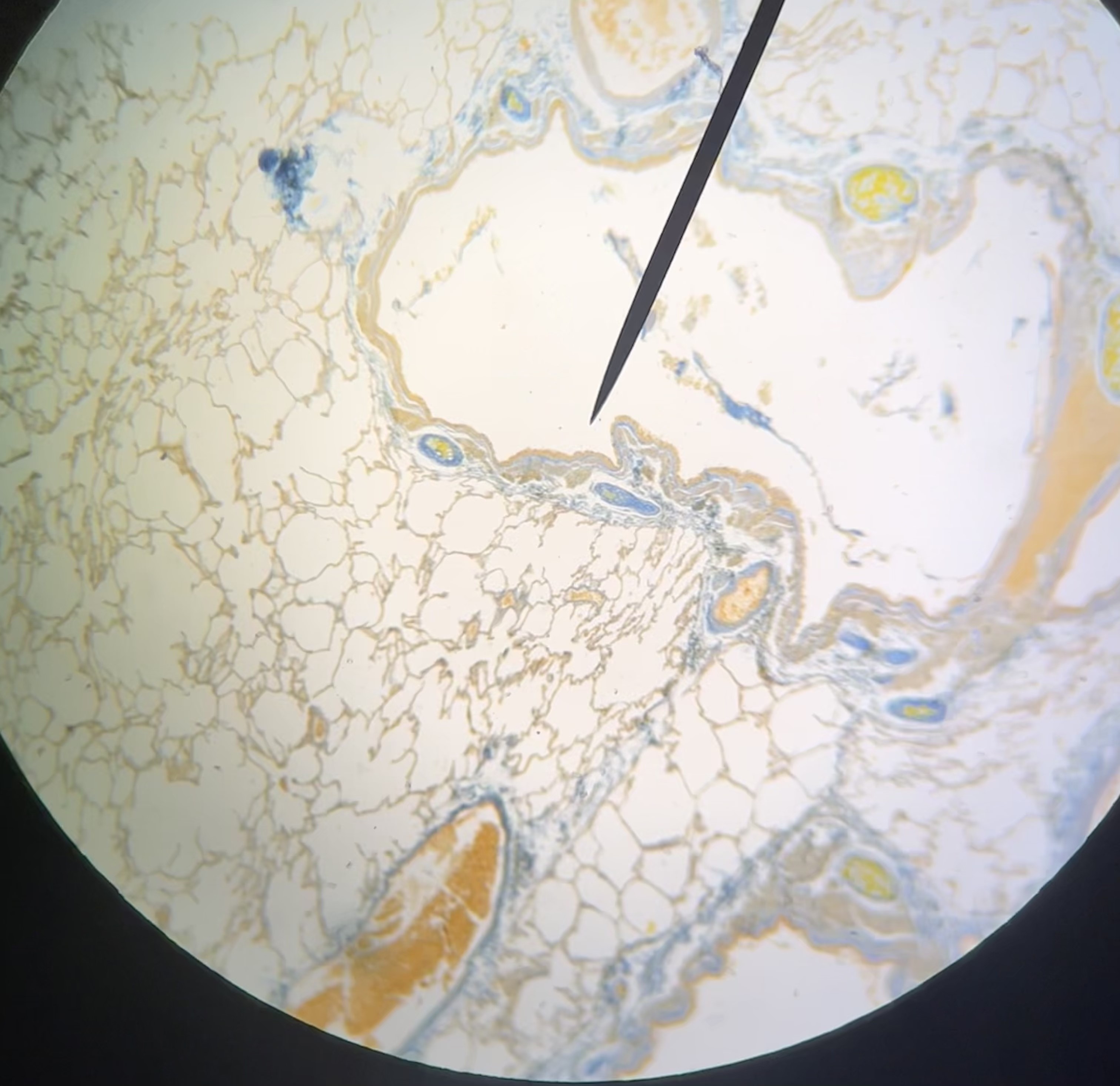
simple squamous epithelium
location: glandular tissues & kidney tubules
2
New cards
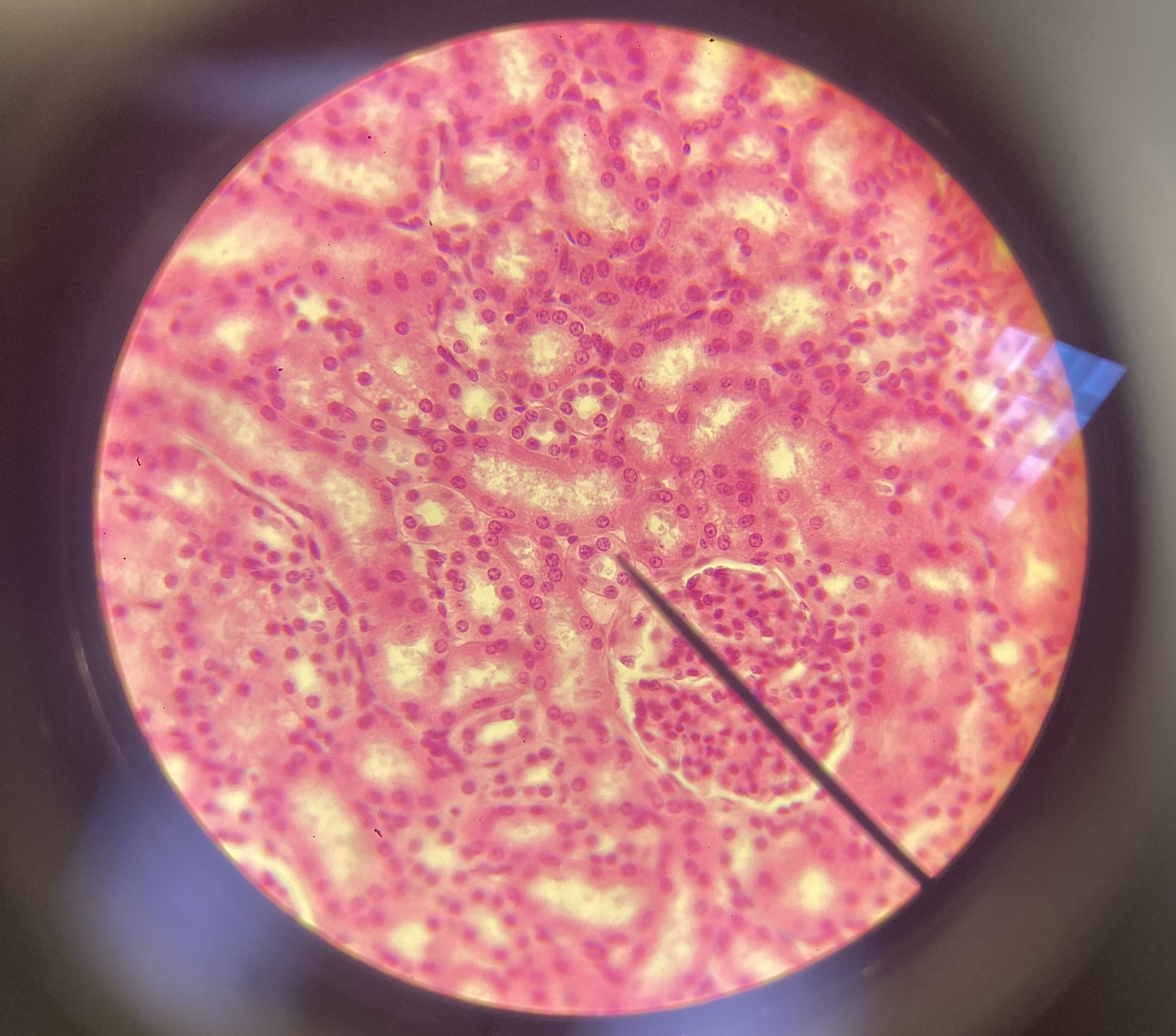
simple cuboidal epithelium
location: kidney
3
New cards

simple columnar epithelium
location: stomach and intestines
4
New cards
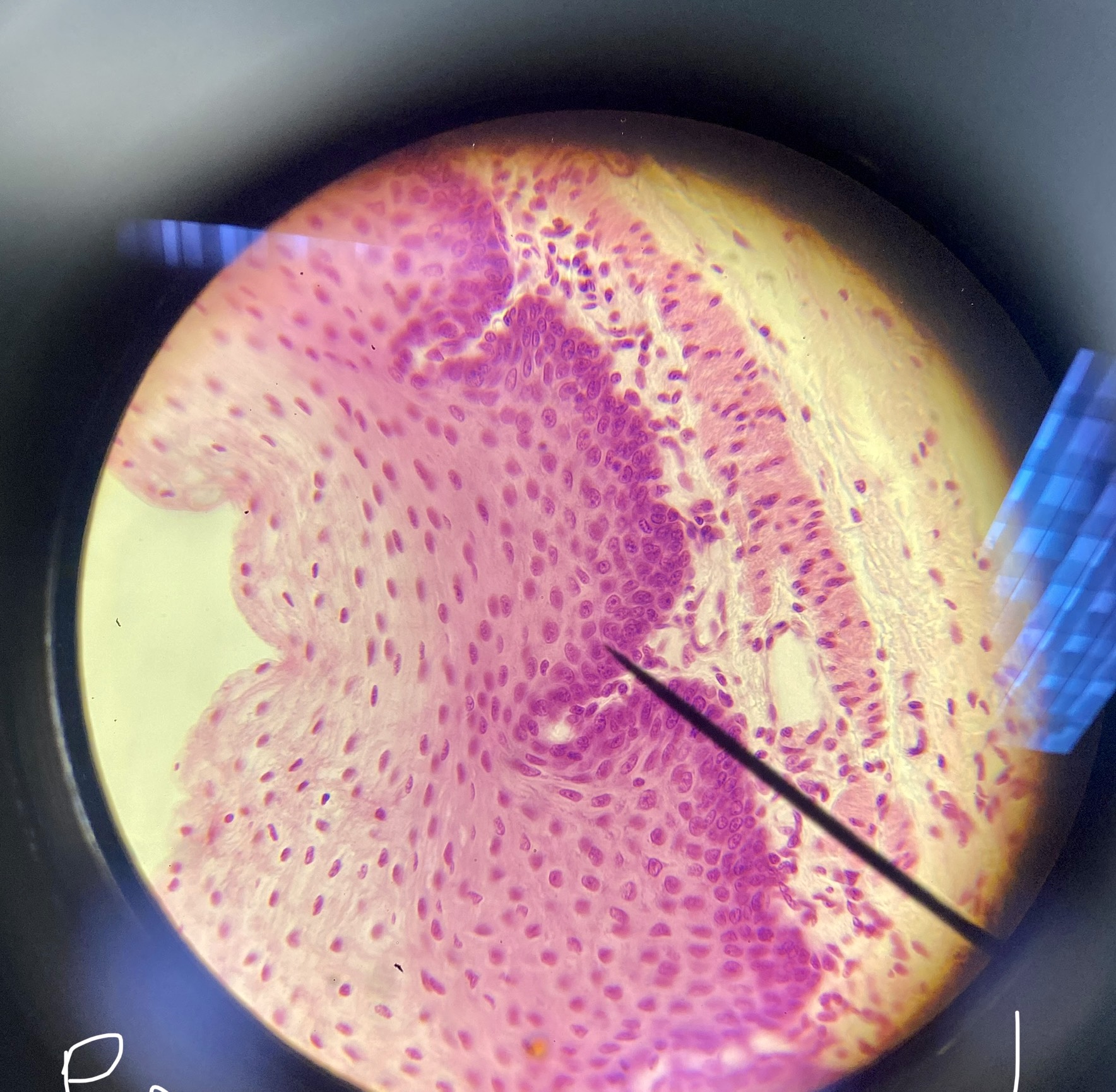
pseudostratified columnar epithelium
location: nasal cavity, trachea, and bronchi
5
New cards

stratified squamous epithelium
location: skin epidermis
6
New cards
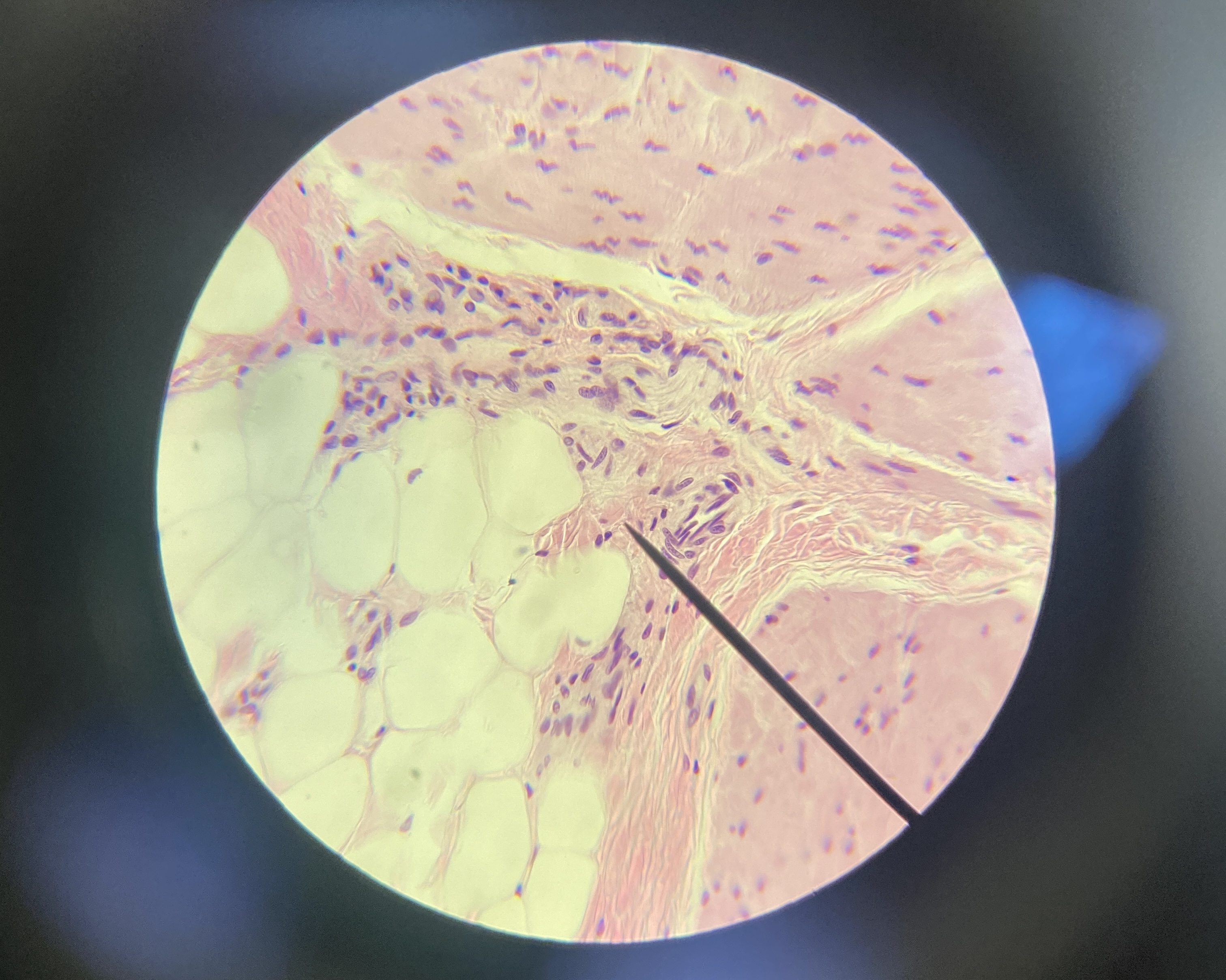
transitional epithelium
location: urinary tract, kidney, renal pelvis, ureters
7
New cards
What is mitosis?
DNA replication
* creates new cells in the developing embryo, fetus, and child.
* the cell that divides is called the parent cell, and the new cells are called daughter cells
* creates new cells in the developing embryo, fetus, and child.
* the cell that divides is called the parent cell, and the new cells are called daughter cells
8
New cards
stages of mitosis in order:
Prophase, Metaphase, Anaphase, Telophase,
9
New cards
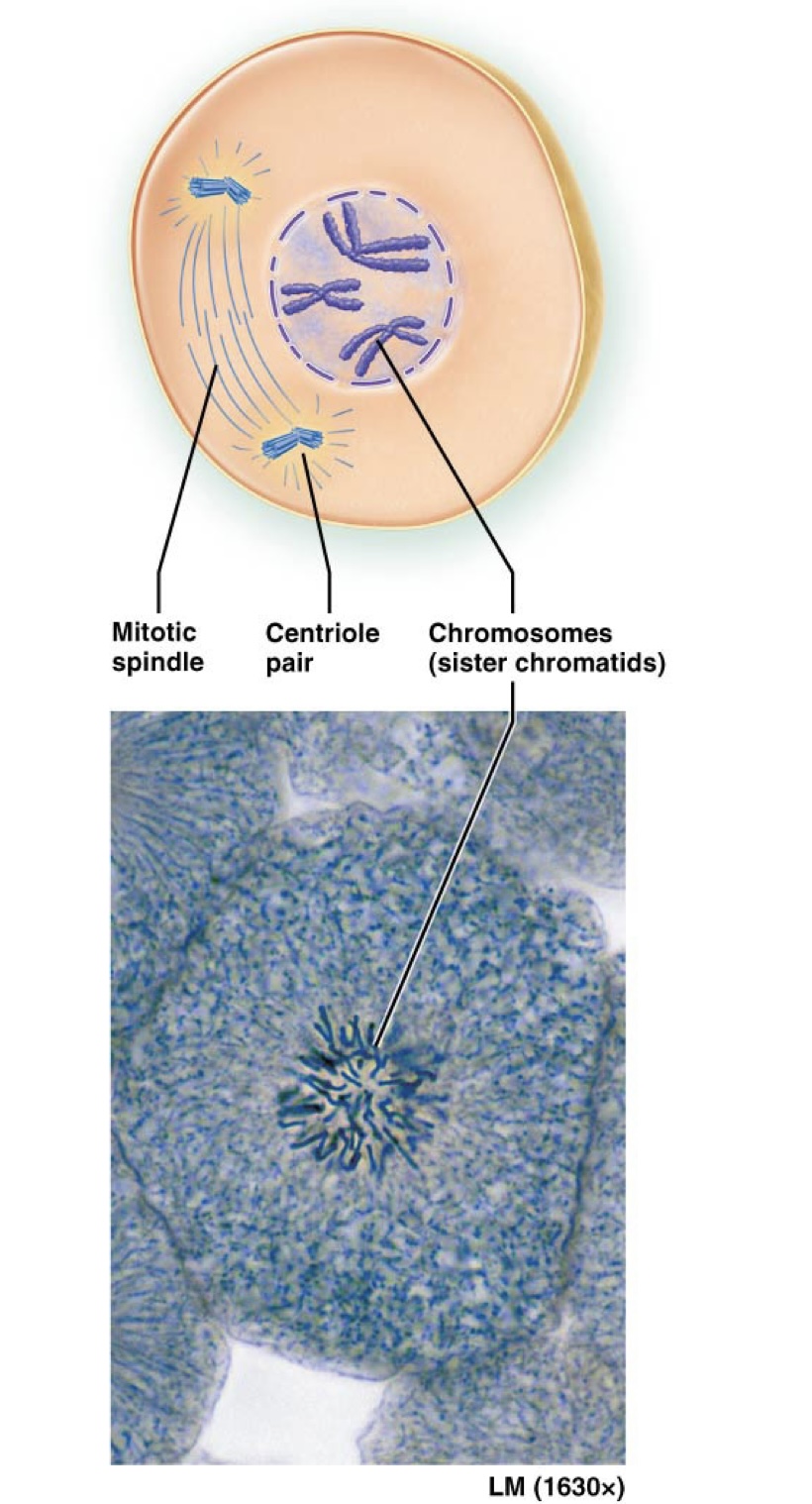
What happens in Prophase?
Nuclear envelope disappears - DNA condenses into chromatids - and sister chromatids
10
New cards
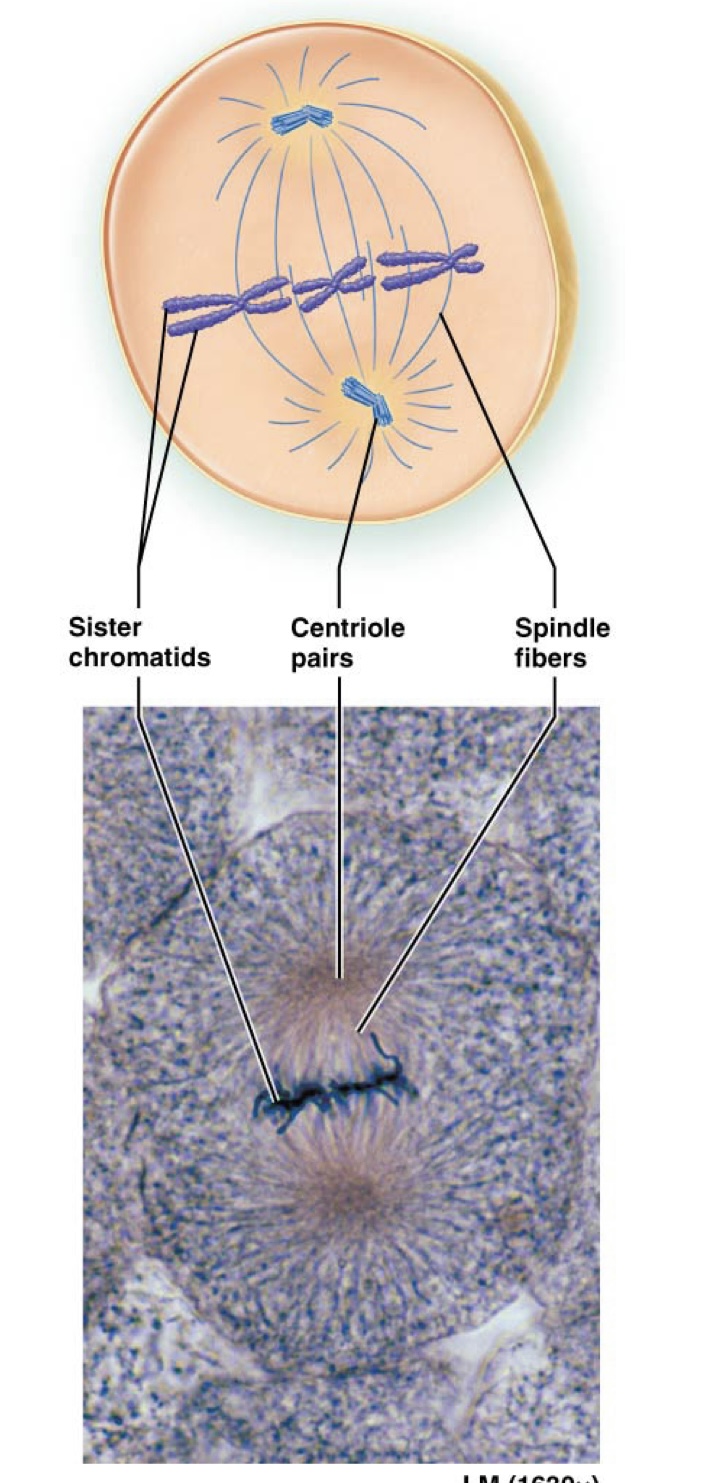
What happens in Metaphase?
Line up in middle - spindle fibers start to attach to sister chromatids
11
New cards
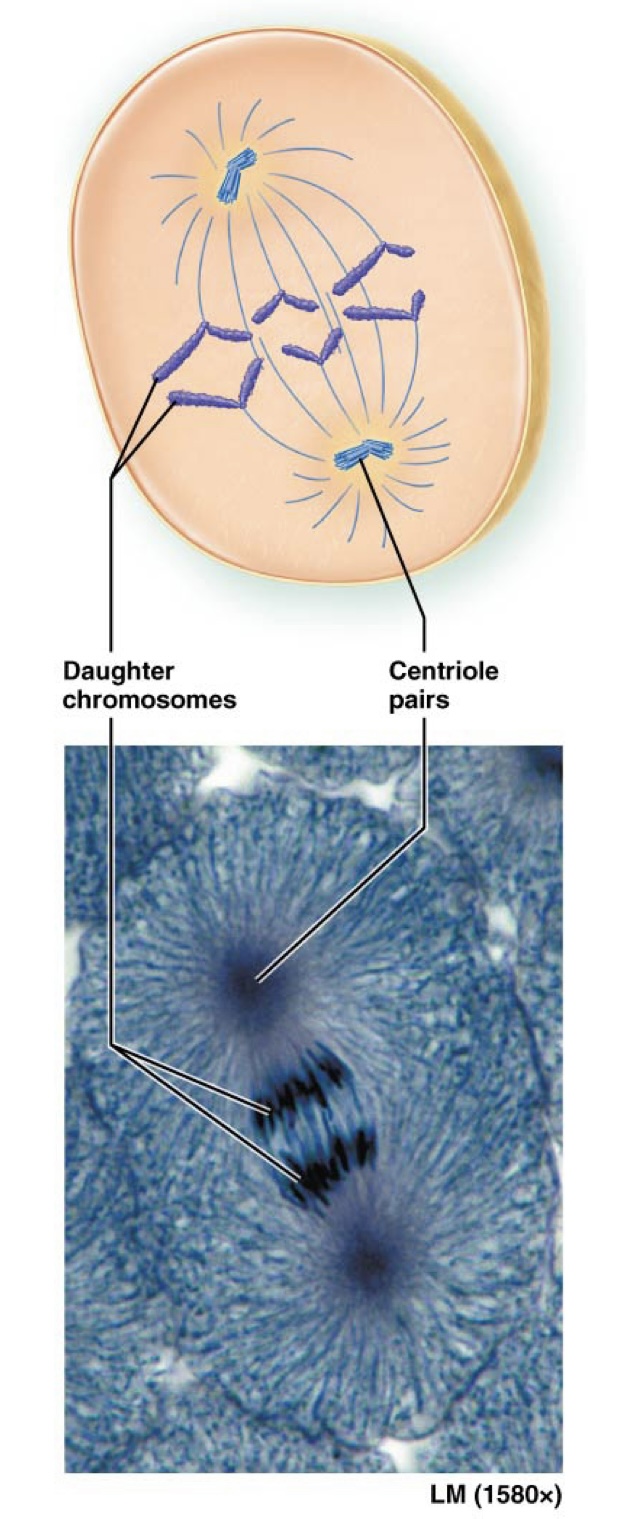
What happens in Anaphase?
Pull chromatids apart
12
New cards
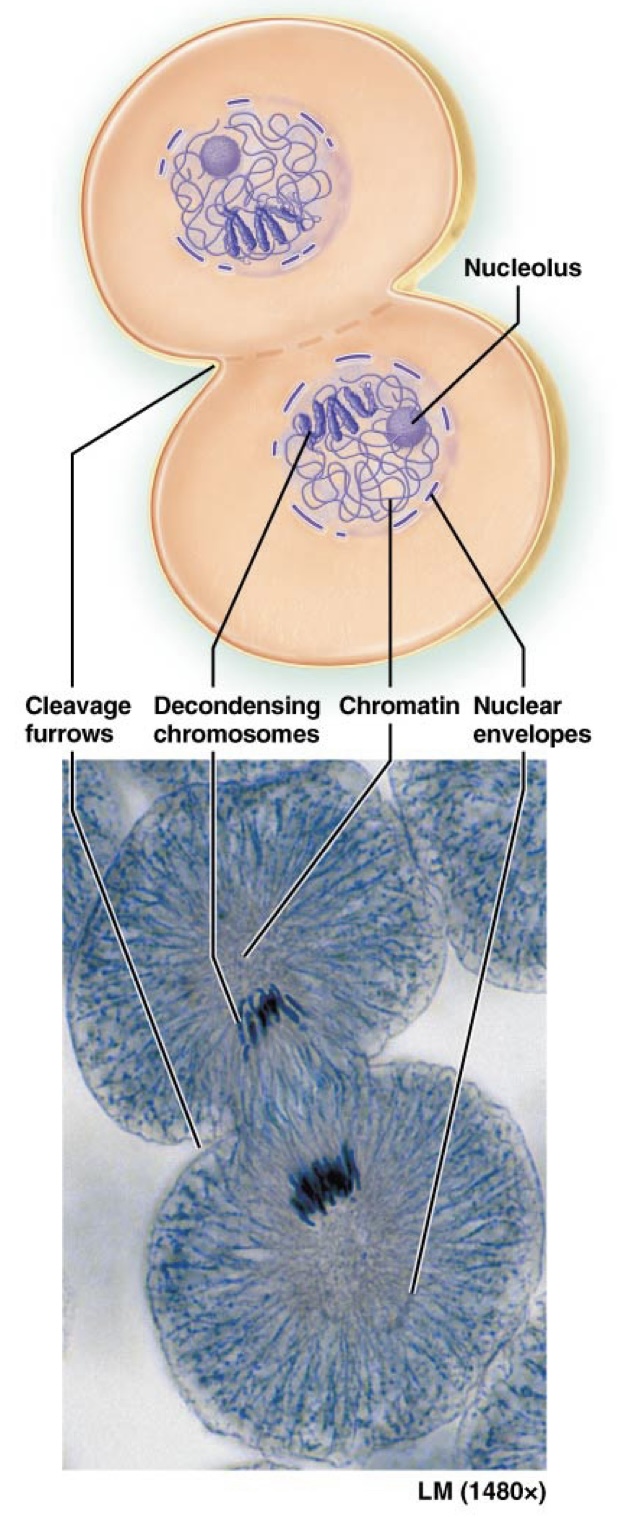
What happens in Telophase?
Reform nucleus and cytokinesis forms 2 new cells
13
New cards
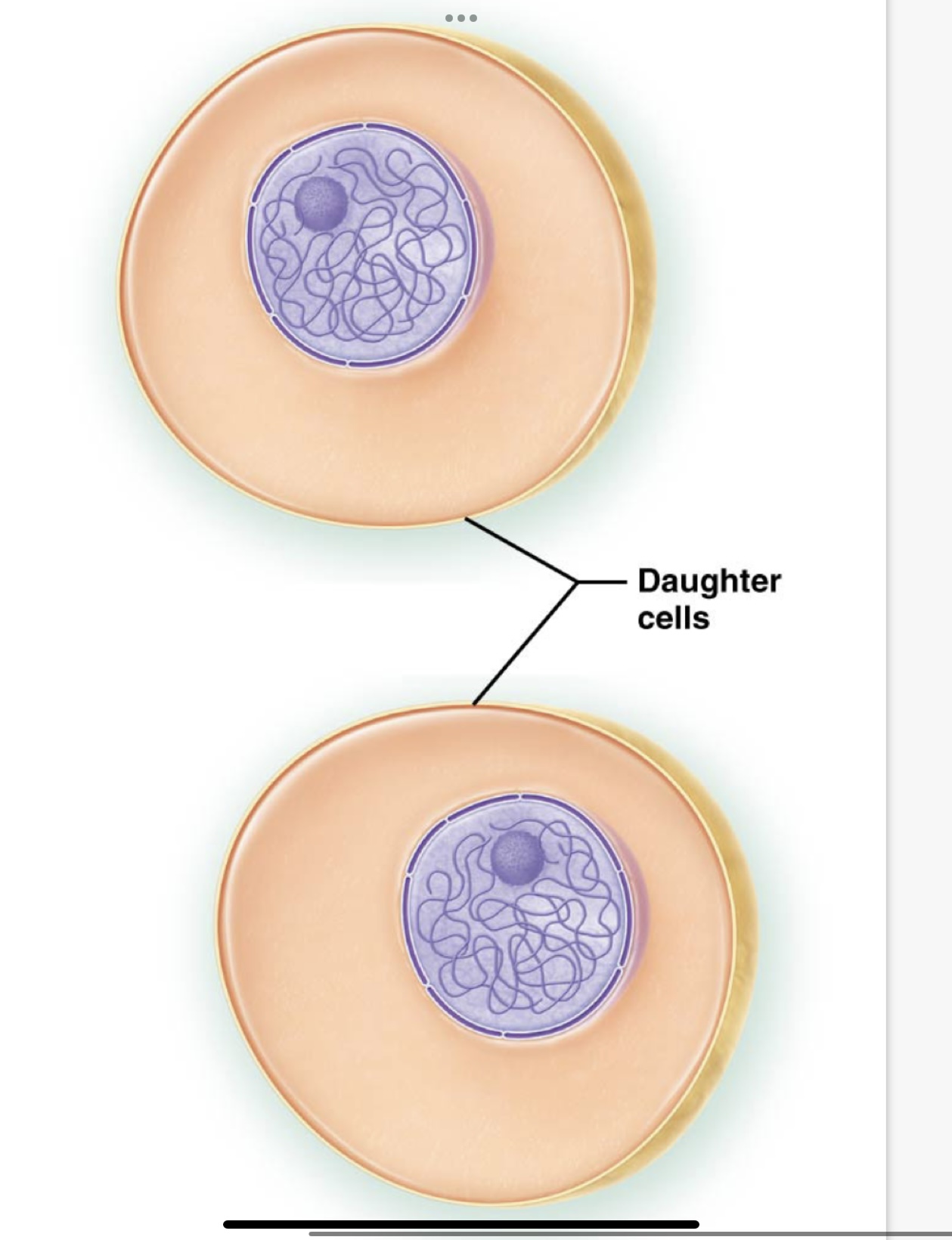
What is Cytokinesis?
Divides cytosol and organelles equally between two new daughter cells.
14
New cards
Define directional terms:
help ensure accurate communication; describe relative location of body parts and markings
15
New cards
Define Anterior (Ventral):
front in humans
16
New cards
Define Posterior (Dorsal):
back; can refer to body as a whole or body part
17
New cards
Define Superior (Cranial):
toward head
18
New cards
Define Inferior (Caudal):
toward tail; used to refer to positions on head, neck, and trunk only
19
New cards
Define Proximal:
closer to point of origin
20
New cards
Define Distal:
more distant (further away) from the same point of origin
21
New cards
Define Medial:
closer to midline
22
New cards
Define Lateral:
away from midline
23
New cards
Define Superficial:
structures closer to surface of body
24
New cards
Define Deep:
further away from surface